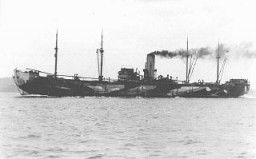<< Previous | Displaying results 6401-6450 of 6720 for "" | Next >>
-
German tanks during Operation Barbarossa
PhotoGerman tanks pass a burning Russian village during Operation Barbarossa, the invasion of the Soviet Union, in the summer of 1941. © IWM (HU 111382)
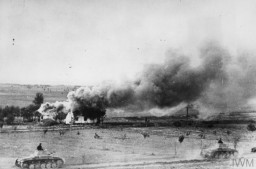
-
Our Springtime
SongMordecai Gebirtig, Yiddish folk poet and songwriter, was born in 1877 in Krakow, Poland. Gebirtig was confined in the Krakow ghetto in March 1942. He wrote "Our Springtime" in April 1942. The lyrics describe the bleakness and despair of ghetto life.
-
Shifrele's Portrait
SongYiddish folk poet and songwriter Mordecai Gebirtig was born in 1877 in Krakow, Poland. He wrote "Shifrele's Portrait" was written in Krakow in December 1939, shortly after the outbreak of World War II. Gebirtig's eldest daughter, Shifre, lived in Lvov, and was separated from her family when the Soviets annexed Lvov. In this brief song, Gebirtig, gazing at his daughter's photograph, imagines himself in conversation with her. She assures him that the war will end soon, and that parent and child will be…
-
Your Kitten is Hungry
SongMordecai Gebirtig, born in 1877 in Krakow, Poland, was a Yiddish folk poet and songwriter. Gebirtig had three daughters, for whom he wrote and performed his poems. The words were set to improvised melodies, and most of his songs resemble entries in a diary. Many of Gebirtig's poems contain themes of eastern European Jewish life in the 1920s and 1930s. The lullaby "Your Kitten is Hungry" dates from the early 1920s. The lyrics, addressed to a hungry child, evoke the themes of hunger and deprivation.
-
Avreml the Pickpocket
SongMordecai Gebirtig, born in 1877 in Krakow, Poland, was a Yiddish folk poet and songwriter. Gebirtig had three daughters, for whom he wrote and performed his poems. The words were set to improvised melodies, and most of his songs resemble entries in a diary. Many of Gebirtig's poems contain themes of eastern European Jewish life in the 1920s and 1930s. The lyrics to "Avreml the Pickpocket" address two social issues, crime and the collapse of family life, arguing that both find their roots in poverty and…
-
Rejoice, Make Merry, Children
SongMordecai Gebirtig, born in 1877 in Krakow, Poland, was a Yiddish folk poet and songwriter. Gebirtig had three daughters, for whom he wrote and performed his poems. The words were set to improvised melodies, and most of his songs resemble entries in a diary. Many of Gebirtig's poems contain themes of eastern European Jewish life in the 1920s and 1930s. The lyrics to "Rejoice, Make Merry, Children" contain a springtime motif that recurred in other Gebirtig works. In the lyrics, an elderly narrator urges…
-
Moments of Despair
SongYiddish folk poet and songwriter Mordecai Gebirtig was born in Krakow, Poland, in 1877. "Moments of Despair" was written in Krakow in September 1940 on the first anniversary of the German invasion of Poland. The lyrics to this piece comment upon a year of persecution and the uncertainty of the future.
-
Moments of Confidence
SongThis piece was written in Krakow on October 2, 1940. Mordecai Gebirtig wrote this song to raise the spirits of the persecuted Jewish community in Krakow. The poet's reference to "Haman" alludes to the ancient Persian enemy of the Jewish people.
-
Our Town is Burning
SongMordecai Gebirtig, born in 1877 in Krakow, Poland, was a Yiddish folk poet and songwriter. He wrote "Undzer shtetl brent!" in 1936, following a pogrom in the Polish town of Przytyk. During the war, the song became popular in the Krakow ghetto and inspired young people to take up arms against the Nazis. It was sung in many ghettos and camps, and translated into Polish and several other languages. Gebirtig was killed in June 1942 during a roundup for deportation from the Krakow ghetto. Today, "Undzer…
-
Stand Fast
SongErich Frost (1900–87), a musician and devout Jehovah's Witness, was active in the religious resistance to Hitler's authority. Caught smuggling pamphlets from Switzerland to Germany, he was imprisoned in the Sachsenhausen concentration camp near Berlin where he composed this song in 1942. Later deported to a labor camp at Alderney, Channel Islands, Frost survived the war and returned to Germany to serve the Watchtower Society. "Fest steht," reworked in English as "Forward, You Witnesses," is among the…
-
Forward, You Witnesses!
SongMusician Erich Frost was a devout Jehovah's Witness active in the religious resistance to Hitler's authority. Frost was caught smuggling pamphlets from Switzerland to Germany and was deported to the Sachsenhausen concentration camp near Berlin. There, he composed this song in 1942. Frost survived the war and died in 1987. This translation is taken from the Jehovah's Witness Songbook. Simone Arnold Liebster, who sings the English version of the song, was born in 1930 in Mulhouse, French Alsace. After the…
-
My Dream
SongYiddish folk poet and songwriter Mordecai Gebirtig was born in Krakow, Poland, in 1877. In 1940, he was forced to flee from German-occupied Krakow to nearby Lagiewniki. There, in May 1941, he wrote "My Dream"—in which he dreams of peace and revenge. In March 1942 Gebirtig was forced into the Krakow ghetto, where he was killed in June 1942.
-
Tolling Bells
SongYiddish folk poet and songwriter Mordecai Gebirtig was born in Krakow, Poland, in 1877. In 1940, he was forced to flee from German-occupied Krakow to nearby Lagiewniki. There, in October 1941, he wrote "Tolling Bells"—in which he envisions the end of persecution and occupation.
-
Prisoner Revolt at Auschwitz-Birkenau
Timeline EventOctober 7, 1944. On this date, the Sonderkommando working at Crematorium IV in Auschwitz-Birkenau rose in revolt.
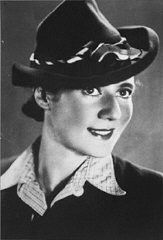
-
Warsaw Ghetto Uprising
Timeline EventApril 19, 1943. On this date, the Warsaw ghetto uprising began, the largest uprising by Jews during WWII and the first significant urban revolt against German occupation in Europe.
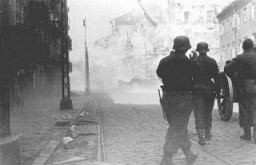
-
German Surrender
Timeline EventMay 7, 1945. On this date, German armed forces surrendered unconditionally to Allied forces in the west.
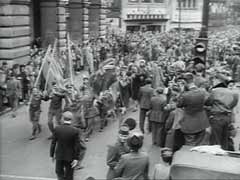
-
Soviet Forces Liberate Auschwitz
Timeline EventJanuary 27, 1945. On this date, the Soviet army liberated approximately 7,000 prisoners in Auschwitz, Birkenau, and Monowitz.
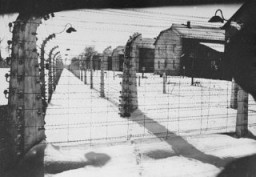
-
Attempt to Assassinate Hitler
Timeline EventJuly 20, 1944. On this date, Claus Schenk von Stauffenberg and other military officers attempted to assassinate Adolf Hitler.
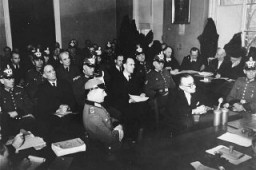
-
German Forces Launch Offensive
Timeline EventJune 28, 1942. On this date, German forces attacked the Soviet Union in the south towards the city of Stalingrad.

-
Germans Destroy Lidice
Timeline EventJune 9, 1942. On this date, German forces destroyed the village of Lidice as retaliation for the assassination of Reinhard Heydrich in Prague.
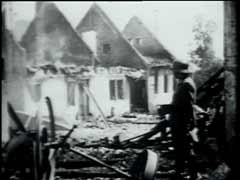
-
Assassination of Reinhard Heydrich
Timeline EventMay 27, 1942. On this date, Czech agents assassinated Reinhard Heydrich in Prague.
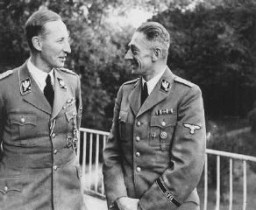
-
German Defeat at Stalingrad
Timeline EventFebruary 2, 1943. On this date, German forces surrendered at Stalingrad on the Volga in the Soviet Union.

-
Operation Harvest Festival
Timeline EventNovember 3, 1943. On this date, SS and police units implemented "Operation Harvest Festival" (also known as Aktion Erntefest).

-
Liquidation of the Krakow Ghetto
Timeline EventMarch 13-16, 1943. On this date, SS and police authorities liquidated the Krakow ghetto.

-
Deportation from Theresienstadt
Timeline EventMay 15-18, 1944. On this date, German authorities deported over 7,000 Jews from Theresienstadt to Auschwitz-Birkenau.

-
Raoul Wallenberg Arrives in Budapest
Timeline EventJuly 9, 1944. On this date, Raoul Wallenberg arrived in Budapest and began his wartime rescue efforts.
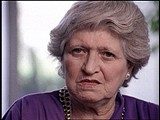
-
Auschwitz Report
Timeline EventJune 18-22, 1944. On this date, Rudolf Vrba and Alfred Wetzler's firsthand account of Auschwitz went public worldwide.
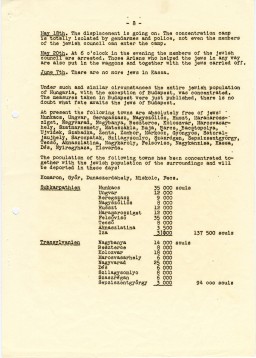
-
Last Gassing at Hartheim
Timeline EventDecember 11, 1944. On this date, German authorities at Hartheim performed the last gassing of inmates.

-
Liberation of Dachau
Timeline EventApril 29, 1945. On this date, US Army divisions liberated approximately 32,000 prisoners at the Dachau concentration camp.
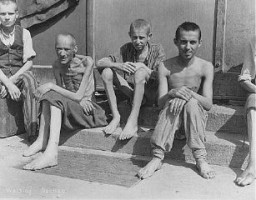
-
US Army Medic POW Diary Entry
Timeline EventApril 2, 1945. On this date, Anthony Acevedo wrote in his diary about his experience as a prisoner of war.
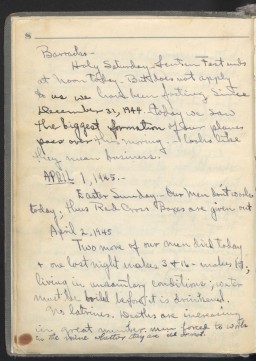
-
Hungarian Jewish Businessman Begins Issuing Papers to Jewish refugees
Timeline EventAugust 25, 1942. On this date, George Mandel-Mantello began issuing Salvadoran citizenship papers to Jewish refugees in Nazi-occupied Europe.
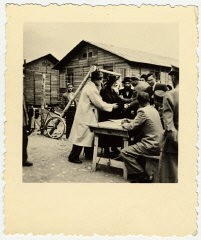
-
Letter Asking for Help to Hide Daughter
Timeline EventFebruary 1, 1943. On this date, Selek and Eda Kuenstler wrote to Sophia Zendler and begged her to hide their child.
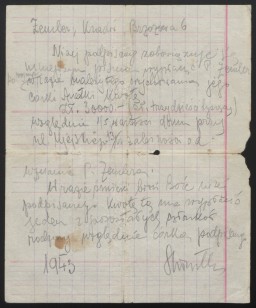
-
US Troops Capture Ludendorff Railroad Bridge at Remagen
Timeline EventMarch 7, 1945. On this date, the US 9th Armored Division captured the Ludendorff Railroad Bridge at Remagen, between Koblenz and Bonn, Germany.
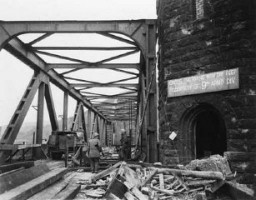
-
Child Survivors Arrive in England
Timeline EventAugust 15, 1945. On this date, Alice Goldberger, a relief worker and Holocaust survivor, received some of the first children survivors to England

-
“Czech Family Camp” at Auschwitz Liquidated
Timeline EventJuly 11, 1944. On this date, the liquidation of the "Czech family camp" in Auschwitz took place. Michael Kraus later described the event in his diary.

-
Letter from Elkhanan Elkes
Timeline EventOctober 19-November 11, 1943. On this date, Elkhanan Elkes wrote his will. It was smuggled out of the Kovno ghetto and delivered to his children.
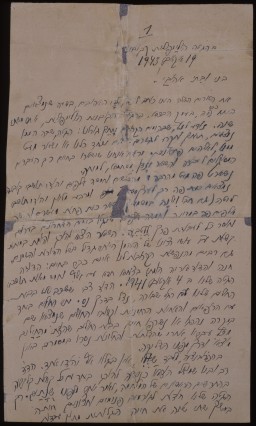
-
Page from Earl G. Harrison's Notebook
Timeline EventJune 4, 1945. On this date, Earl G. Harrison toured displaced persons camps and wrote of his impressions of Linz, Austria.
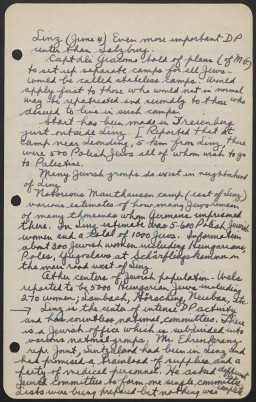
-
Letter to Commandant of Flossenbürg Camp
Timeline EventDecember 28, 1943. On this date, the Kohouts wrote to the commandant of Flossenbürg with a request to visit their son, a gay man who was imprisoned in the camp.
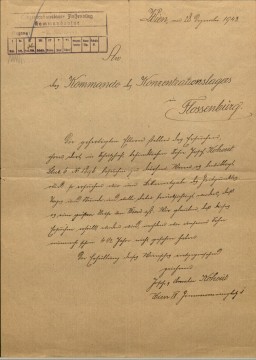
-
Chère Odette
Timeline EventMarch 21, 1942. On this date, while in prison for resistance activities, Charlotte Delbo wrote to her sister. Later deported to Auschwitz, Charlotte would write about her experiences after the war.

-
Identity Card Used in Hiding
Timeline EventAugust 3, 1943. On this date, Kurt I. Lewin was issued a forged ID card for "Roman-Paul Mytka." He used that identity to survive the war.
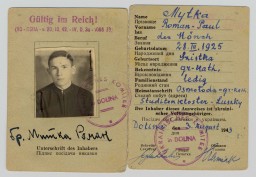
-
Warsaw Polish Uprising
Timeline EventAugust 1, 1944. On this date, the Warsaw uprising began with the Polish Home Army rising against the Nazis in an attempt to liberate Warsaw.
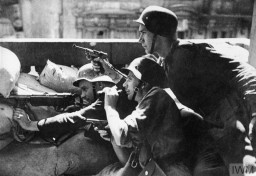
-
Deggendorf Songbook
Timeline EventDecember 1, 1945. On this date, survivors of the Deggendorf displaced persons camp gave a songbook to the UNRRA director Carl Atkin.
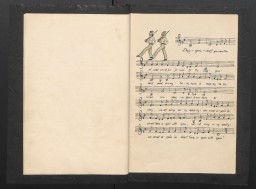
-
Sobibor Uprising
Timeline EventOctober 14, 1943. On this date, Jewish prisoners started an uprising at the Sobibor killing center, which Selma Wijnberg and Chaim Engel escaped.
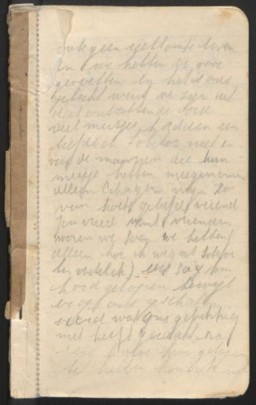
-
Liberation of Bergen-Belsen
Timeline EventApril 15, 1945. On this date, the British army liberated approximately 60,000 prisoners at the Bergen-Belsen concentration camp.
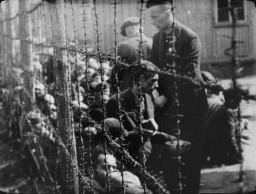
-
German Troops Occupy Hungary
Timeline EventMarch 19, 1944. On this date, Germany occupied Hungary and installed General Dome Sztojay as prime minister.
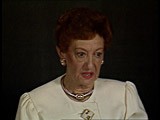
-
Deportation of Hungarian Jews
Timeline EventMay 15-July 9, 1944. On this date, Hungarian officials (under guidance from the German SS) deported some 440,000 Hungarian Jews.
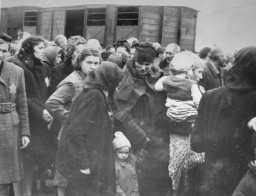
-
Auschwitz-Birkenau Camp Established
Timeline EventMarch 1, 1942. On this date, the Inspectorate of Concentration Camps opened Auschwitz-Birkenau (or Auschwitz II).

-
Deportation of Dutch Jews
Timeline EventJuly 15, 1942. On this date, German authorities began the deportation of Dutch Jews from camps in the Netherlands.
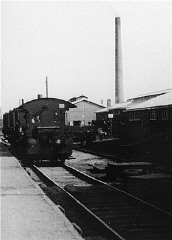
-
Gassing Operations Begin at Treblinka
Timeline EventJuly 23, 1942. On this date, gassing operations began at the Treblinka killing center.
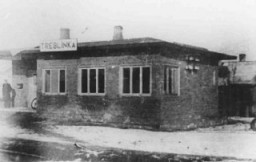
-
Roundups of Norwegian Jews
Timeline EventOctober 26, 1942. On this date, German and Norwegian officials started rounding up and deporting Jews from Norway.
